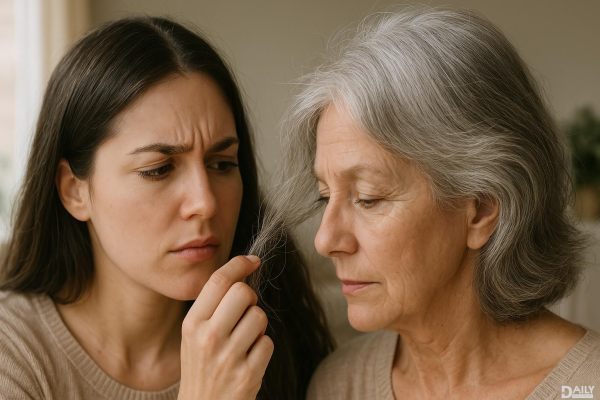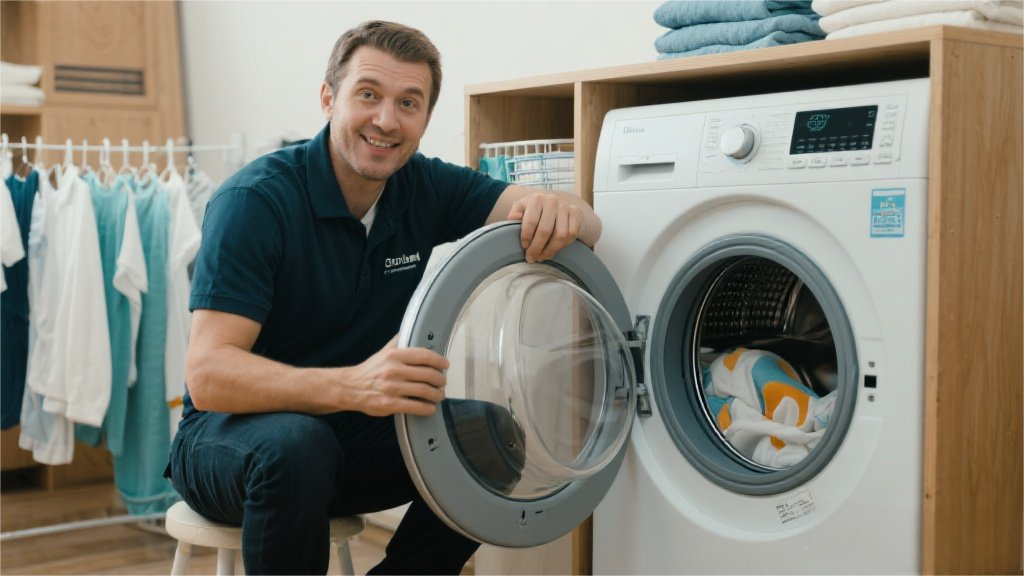Gray hair feels wiry and coarse because it lacks melanin, the pigment that gives hair its color and also contributes to its texture. As we age, melanin production slows down, leaving hair strands more vulnerable to dryness and structural changes. Without that natural pigment, gray hair loses some of its smoothness and elasticity, making it feel rougher and more unruly than its pigmented counterparts.

Melanin isn't just about color—it also plays a role in hair's moisture retention and flexibility. Pigmented hair has a smoother cuticle (the outer layer) because melanin helps fill in microscopic gaps. Gray hair, on the other hand, has a more porous cuticle, which means it loses moisture faster and feels drier. Additionally, sebum—the natural oil your scalp produces—doesn't distribute as evenly on gray hair, leaving it prone to frizz and that signature wiry feel. Over time, reduced keratin production also makes gray strands less supple, contributing to the coarseness.
Colored hair often feels softer because dye temporarily seals the cuticle, smoothing out the surface. Many hair dyes also contain conditioning agents like silicones or oils that add slip and moisture. The process of coloring can swell the hair shaft slightly, making strands feel fuller and less brittle—at least until the dye starts to fade. However, repeated coloring can damage hair over time, so while dyed hair might feel smoother initially, it can become just as dry as gray hair if not properly maintained.
Sun exposure, hard water, and heat styling can all make gray hair feel even rougher. UV rays break down keratin, while mineral buildup from hard water leaves a filmy residue that dulls texture. Since gray hair is already more porous, it absorbs these environmental stressors more easily. Chlorine from pools is another culprit, stripping moisture and leaving hair feeling like straw. If you're noticing your grays getting extra wiry, your daily habits (like washing with hot water or skipping heat protectant) might be making things worse.
Switching to sulfate-free shampoos can help retain moisture, while purple shampoos prevent brassiness without overdrying. Deep conditioning treatments with ingredients like shea butter or argan oil can temporarily smooth the cuticle. For long-term improvement, bond-building treatments (like olaplex) can reinforce hair structure. Avoiding excessive heat and using silk pillowcases also reduces friction that exacerbates coarseness. Some people find that embracing a slightly shorter haircut makes wiry grays easier to control, since length can weigh hair down unevenly.
While gray hair may never feel as silky as your original pigmented strands, the right care routine can make a noticeable difference. The key is working with its unique texture rather than fighting it—sometimes, that coarse feel can even add volume and character to your style. With some targeted TLC, your grays can look (and feel) more like a deliberate choice than a texture battle.
























